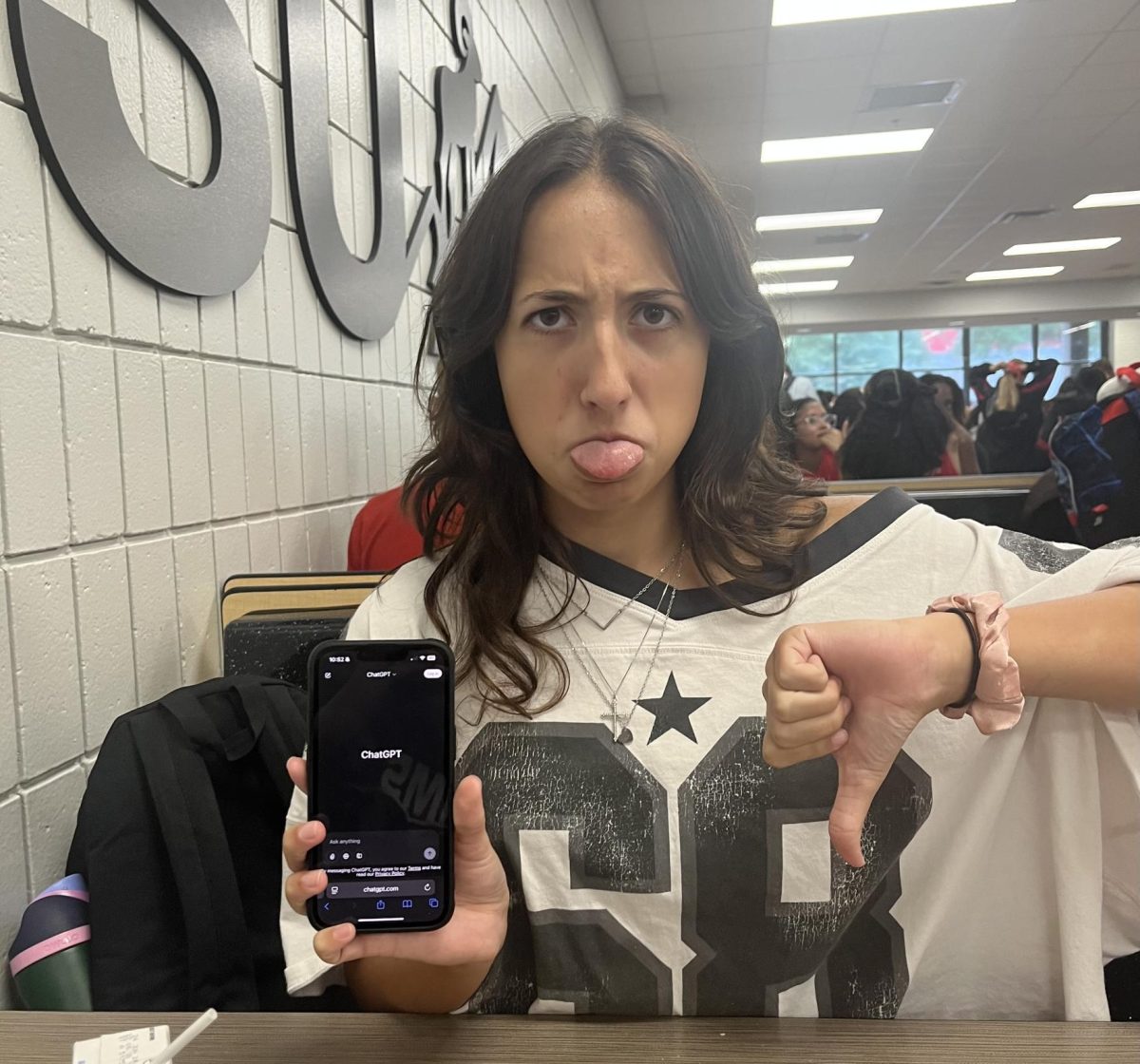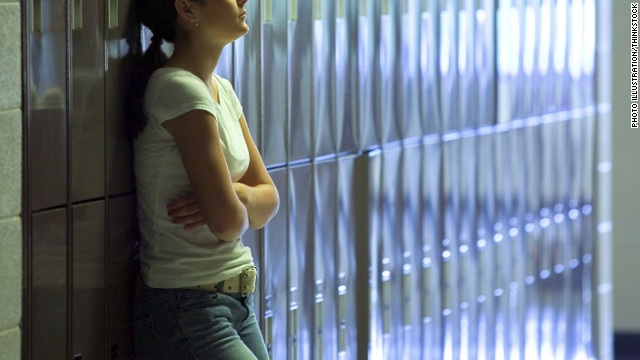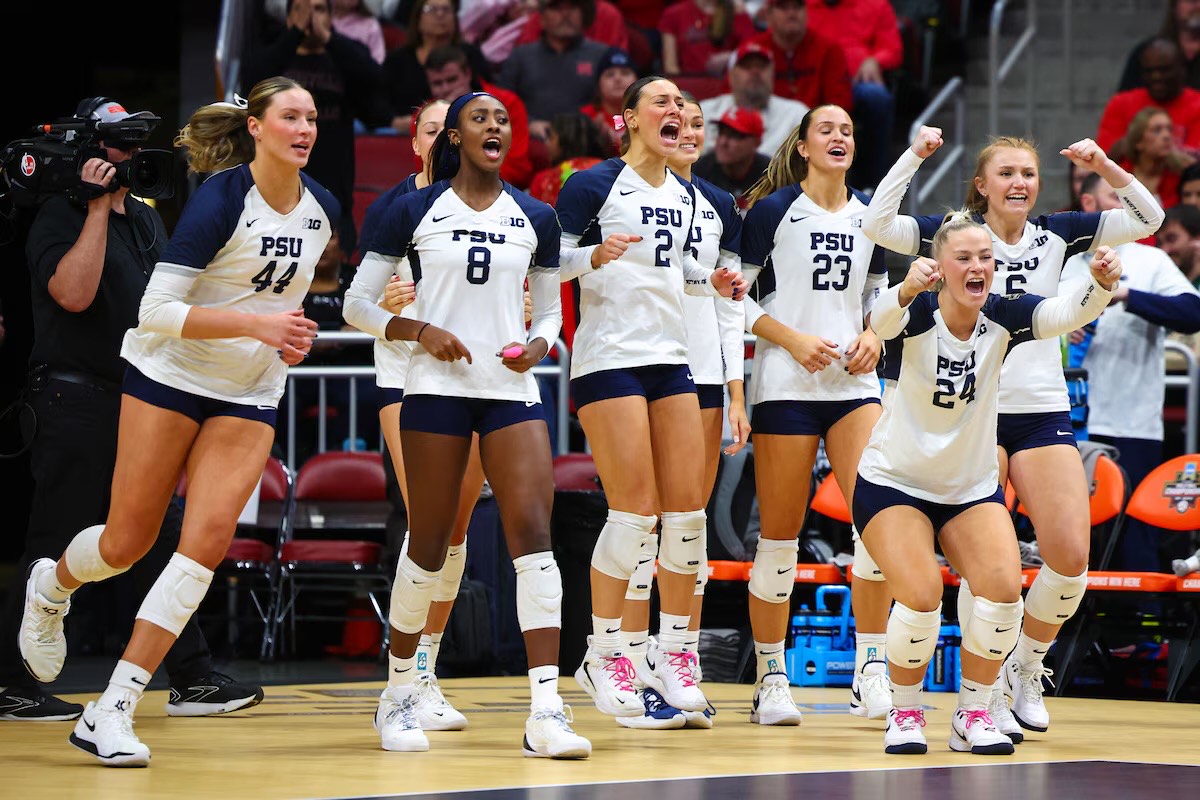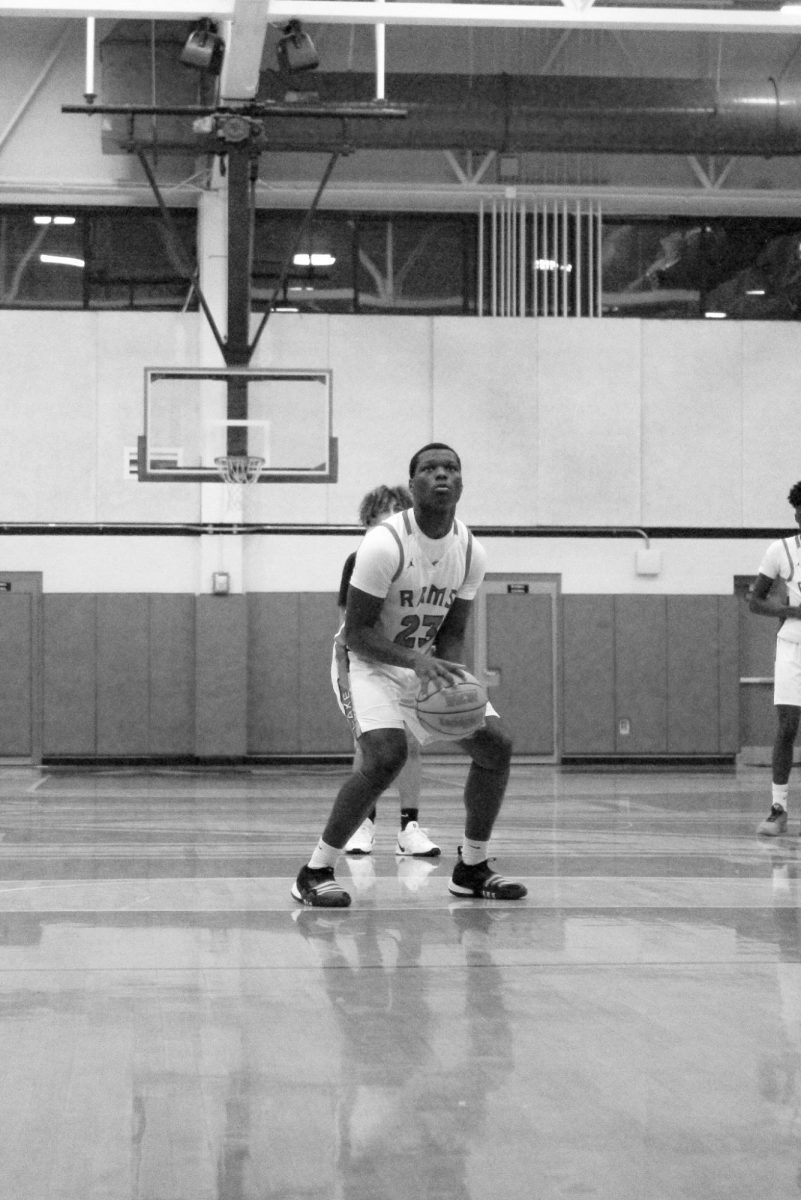Cheerleading has long been a subject of debate when it comes to its classification as a sport. While some people see it as merely a sideline activity to support other sports teams, a closer look reveals that cheerleading embodies many of the key characteristics that define a sport.
Firstly, cheerleading requires a high level of physical skill and endurance. Participants engage in rigorous training sessions that include strength conditioning, flexibility exercises, and mastering complex routines. These routines often feature stunts, tumbling, jumps, and dance sequences, all of which demand athletic ability comparable to that of traditional sports.
Moreover, cheerleading involves teamwork and coordination. Just like in sports such as soccer or basketball, cheerleaders must work together seamlessly to execute their routines. Trust and communication are crucial, especially when performing high-risk stunts that require perfect timing and precision to avoid injuries.
Competitive cheerleading further solidifies its status as a sport. Teams participate in organized competitions where they are judged based on their performance, skill level, and creativity. These competitions are intense and require months of preparation, strategy, and practice, similar to other competitive sports. According to Toniyah Holley who is currently a cheerleader at Lake Mary High school. Toniyah stated that “the hardest thing about cheer leading is being watched by the crowd and I personally really don’t like it. I think cheer leading should be identified as a sport because it involves skills most sports have.”
In conclusion, cheerleading should be recognized as a sport due to its physical demands, need for teamwork, and competitive nature. It goes beyond being a mere sideline activity and stands on its own as a challenging and rewarding athletic endeavor.















